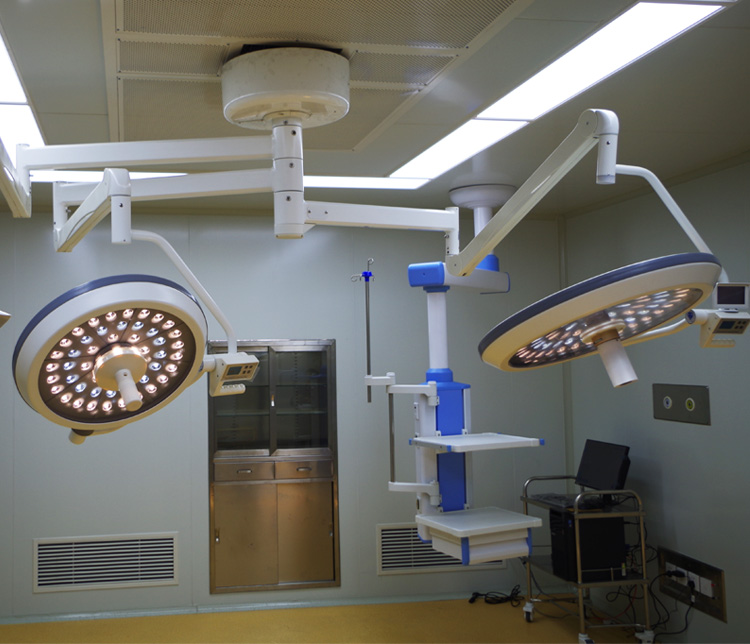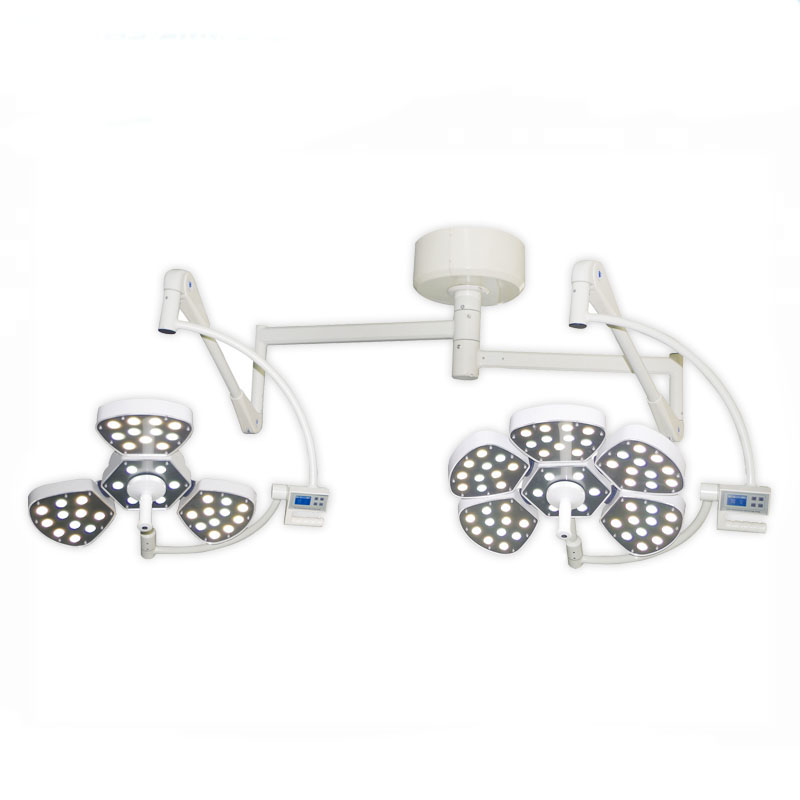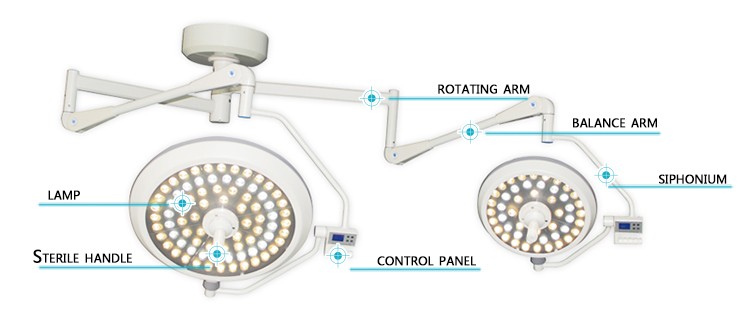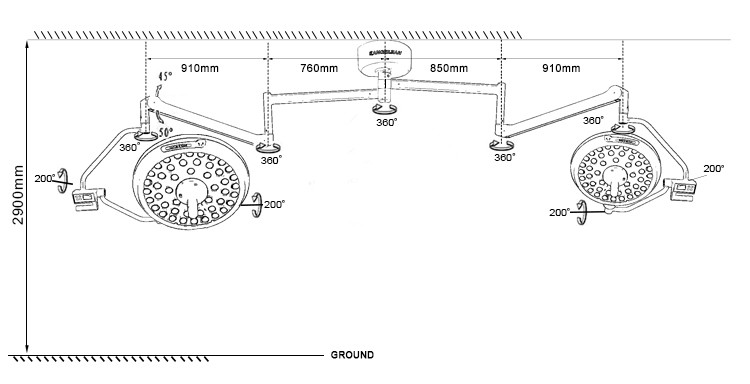After practice, it has been proved that after the fox has finished breeding, the female fox has been weaned and the fox has entered the breeding season for the next breeding season from the end of August. It is a long-term preparation process. Because the male fox spends a lot of energy during the breeding period and the female fox during the farrowing period, there must be a recovery phase. From late August to early September, the sex organs of male and female fox (including the young fox) begin to develop to meet The arrival of a breeding season. In order to speed up the recovery of foxes' physical strength, after the breeding of foxes is finished, the feed fodder nutrients still maintain the original standard within 10-15 days after weaning. From late August to early September, the male fox testicles and the fox ovary begin to develop, and the feed level must be increased. Whether silver fox or arctic fox is not less than 65% by weight of animal feed, and supplements vitamin E 5 to 10 mg. Only by ensuring the above nutritional level can the normal development of sexual organs be achieved. Silver black fox begins in mid-November. The Arctic fox begins in mid-December and has entered a critical period of preparation for the breeding period. Feed nutrient requirements can be increased. By weight ratio, animal feed should reach 65% to 70%. Each daily needs vitamin E 10 ~ 15mg, close to the breeding period to reach 30mg. At the same time, in order to ensure the supply of drinking water to the Fox group, drink at least 2 or 3 times a day.
2 Feeding during the breeding period
From mid-February to mid-April each year, the blue fox estrus breeding period (other species of fox, early or late). This issue is the first key part of Fox's annual management. 1 During the estrus breeding period, perform a comprehensive inspection of the female fox every morning and evening. Prepare the estrus record before the breeding according to the situation of the estrus and compile the male and female fox cage numbers. If it is in estrus, it is necessary to place the seeds right before feeding. In order to achieve the exact purpose of breeding, after the success of the initial allocation, it must be reconstituted 2 to 3 times. In recent years, due to the influence of warm winter temperatures, individual female foxes have early estrus, so farmers should not be taken lightly. Before the Spring Festival, all female foxes, especially foxes, are inspected once, so that “special handling†can be achieved. 2 During the estrous and breeding period, it is necessary to add some nutritious feed such as fresh meat and eggs, liver and fish liver to the male and female fox to meet their nutritional needs. Second, do not feed or feed rancid food, and keep the utensils and the venue clean. 3 Keep quiet during the estrus and breeding period. Try not to let outsiders enter the fox field and give the fox a quiet and comfortable environment. At the same time, ensure the supply of clean drinking water, and do a good job in cooling the sun. Second, do not catch the fox without special circumstances, so as not to cause miscarriages. 4 In addition to supplying nutrient-rich feeds, appropriate amounts of vitamin E pills and cod liver oil emulsions should also be added to the feed to ensure the normal development of the female fox and fetus.
3 feeding during pregnancy
After the breeding is over, the female fox is in the gestational period and the male fox enters the constitutional recovery period. The central task of feeding and management of female foxes during pregnancy is to ensure the normal development of embryos, which is the most critical period to determine the success or failure of production. Pregnant foxes are happy and quiet, so keep the farm quiet. In the later period of pregnancy, the fetus develops rapidly and requires a large amount of nutrients. Do not feed on rotten spoilage and frozen feed to prevent miscarriage. The nutritional level during pregnancy is the highest in the whole year. In the ration arrangement, quality, freshness, nutritional value, quality, stability, digestibility, and palatability should be ensured. Based on the progress of pregnancy, the level should be gradually improved. The feed weight ratio for this period is:
62% of fish, 23% of meat, 10% of grain, 5% of vegetables; average total grams of dry feed per day, 450g each, plus 23.7% of water. In addition, 8 g of yeast, 3 g of feather powder, and 0.5 g of salt were fed daily. At the same time, the prenatal preparation work must be completed as early as possible, and the expected date of production of each female fox should be calculated and recorded on the side wall of the chamber. The 52 days from the last breeding date should be considered as the expected date of production. The production box should be produced one week before delivery. Clean up and disinfect, lay grass, keep the environment quiet, ready to take delivery.
4 feeding during lactation
The central task of fox breeding in the litter and suckling period is to improve the lactating ability of the female fox, increase the survival rate of the fox, and promote the growth and development of the fox, so as to achieve the goal of abundant harvest. Because female foxes are very depleted due to calving and breast-feeding, it is necessary to strengthen the rearing of female foxes. It is advisable to feed them less frequently, and feed them 3 times on a daily basis. All three weeks after birth, the fox is breast-fed to ensure the growth and development of the fox, so the fox's milk yield and quality directly affect the fox's development. The development of the fox is also very fast. The fox is about 100g in weight. It can reach 1820g when the body weight reaches 500g in the 10d after birth, and feeds different amounts of feed at various stages. The fox has short and thin lanugo at birth and the growth of the lanugo stops at 50-60 days. After 20-25 days of production, the amount of milk produced by the female fox begins to decrease, which can not meet the needs of the fox. Therefore, the fox should be fed for 3 weeks or so, and it is usually supplemented twice daily. This way, the foetus's breast-feeding burden can be reduced. The second is to meet the needs of the growth and development of young foxes. The fox's feed should be nutritious and easy to digest. Fresh fish, liver, eggs, milk, etc. can be made into a paste, allowing the fox to feed.
5 Feeding during the rearing period
Timely weaning of nests is conducive to the growth and development of the fox and the restoration of the fox's constitution. The young fox is usually weaned off at 45 days of age, and all foxes are moved from the original cage to the young fox cage. The production can be controlled flexibly according to the growth and development of the fox. The body should be strong and independent living ability should be divided as early as possible. The weaker body should postpone the splitting time. Before weaning the nests, we should prepare cages, utensils, utensils and equipment according to the number of foxes, and strictly disinfect and clean them. Weaning too early, due to the poor living ability of the fox, vulnerable to growth obstruction; too late weaning, often appear between the fox-eating bite frame phenomenon, will affect the growth of weak seedlings, and waste of feed. The diet for the first 10 days after weaning was still fed according to the dietary standards for feeding during lactation. During 2-4 months of age, the diet must contain a sufficient amount of nutrients to ensure the rapid growth of young foxes. 7-23-week-old foxes must provide more than 40% of the dry matter content of the protein feed, the feed should be added to the amount of blood and increase the fat supply in order to improve the fox plush quality. When the digestible protein content in the ration during the rearing period is lower than the metabolic energy of 28% to 30%, the young fox grows at a normal weight, but the growth rate of body length slows down. The fat in the feed must be fresh, and the oxidation of fat will reduce the nutritional effect of essential fatty acids. The young foxes in the rearing period are prone to yellow fat.
6 Prevention of diseases
Foxes are rarely sick, but they still need to be vaccinated. The vaccine for foxes is usually injected into dog fever, foxcephalitis, viral enteritis and other vaccines according to the status of the foxes after being divided into nests for 2 to 3 weeks. It is also possible to inject two seedlings or multiple seedlings. The immune ability received by the young fox from the mother's body during the growing period is gradually weakened, and the body's immune function is still not perfect. Therefore, it is necessary to strengthen the epidemic prevention work and prevent the spread of disease through feed and drinking water. The common disease of foxes is mainly gastroenteritis, which is caused by unclean or stale food. The condition is sparse and it seriously affects appetite and spirit. For sulfa drugs, such as carbon amine anti-inflammatory tablets can be. Second, foxes are more susceptible to aphids and can be sterilized on a regular basis to prevent and control them. In addition, some are also infected with ectoparasites, mainly aphids. After the discovery, we must isolate the treatment and strengthen disinfection to prevent infection.


Germany imported beads
Imported French lens
mould Die-casting Eight edge type Revolving arm
Optional emergency power supply≥3 hours


1)Ideal cold light effects
Using the new LED cold light source, ensure energy saving and environmental protection and long service life up to 80,000hours and more.
The temperature increase of surgeon`s head below 1℃. LED do not engender infrared ray and ultraviolet radiation, without the temperature
rise and tissue damage caused by halogen shadowless light, also it can accelerate the wound healing after surgery, and without Radiation pollution.
With color temperature constant and soft, LED is very close to the sunshine.
1) Excellent shadowless effect
Lamp with the most scientific radian and Multi point light source design, ensure better uniform illuminance. When the lamps are partially occluded,
also can achieve perfect shadowless effect.Lamp panel radius of gyration ≥182cm, the lamp can be pulled to vertical floor, convenient to any angle illumination.
2) Excellent deep lighting
It is based on modularize method by Computer Aided Design, focused to irradiating with more beams of LED. It produces the deep lighting which beams
more than 1200cm,the illumination of center up to 180,000Lux or more, and offer the color temperature that can be adjusted from 3700K to 5000K which
is close to sunshine. Absolutely, it really reflects the color of human tissue and satisfied by all kinds of operating light needs.
3) Advanced control system
The use of liquid crystal display button control, to meet the needs of the medical staff of different patients with the brightness of the operation.
It offers illuminance memory function.
It does not effect using when a single circuit or one bulb is broken.
4) Universal suspension system
Rotating arm, a new type of alloy material is made of eight edge type.
Balanced system using imported arm module, more than 5 group universal joints, every cantilever must has more than 3 joints which can be rotated in 360°,
The structure is light, easy to manipulate, accurate positioning, can provide the maximum range of regulation.The equipped with fatigue correcting unit and
fix position hand handle device, easy to fix position after long time use.
5) Modern laminar lamp
The thickest part of lamp-chimney is not more than 10cm.
The lamp-chimney is made of ABS, The handle on the central of lamp can be detachable, can take high temperature (≤ 134°C) sterilization treatment,
easily adjust, flexible fixed.
Double Dome LED Operating Light,Double Dome Surgery Operating Lights,Operation Theatre Lights,Surgical Examination Light
Shandong qufu healthyou Medical Technology co.,Ltd , https://www.kangerjianmedical.com